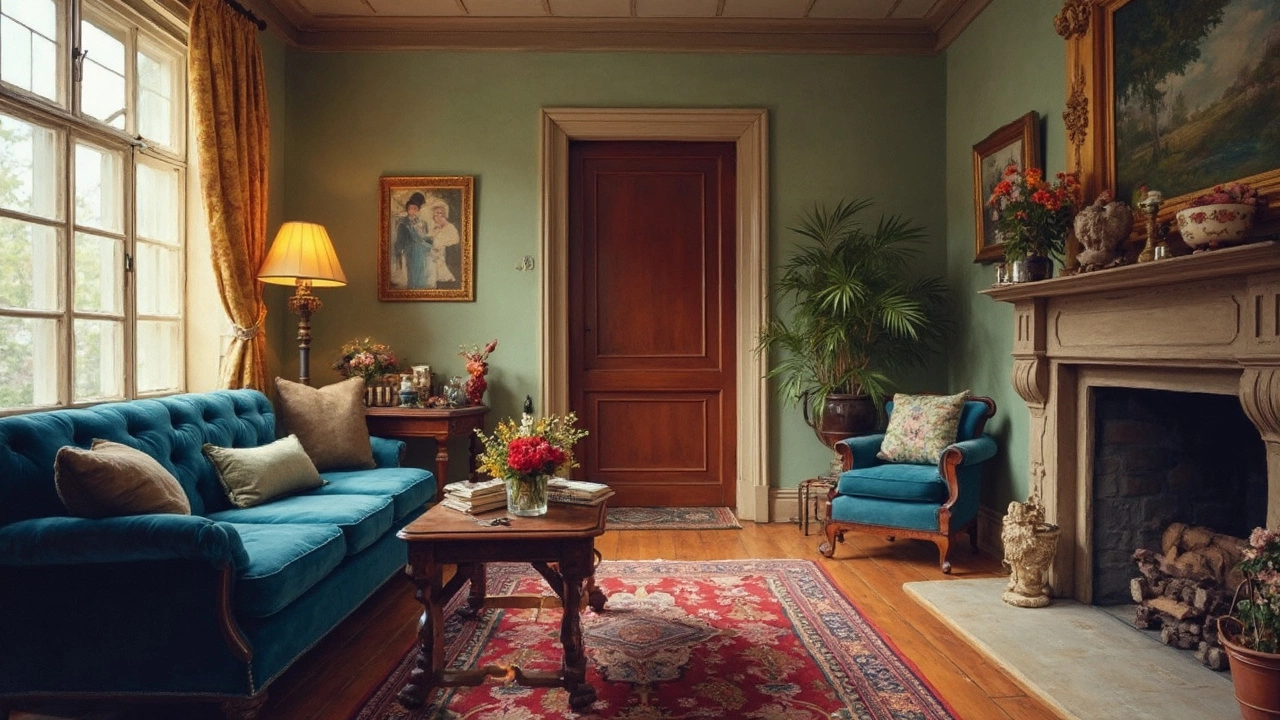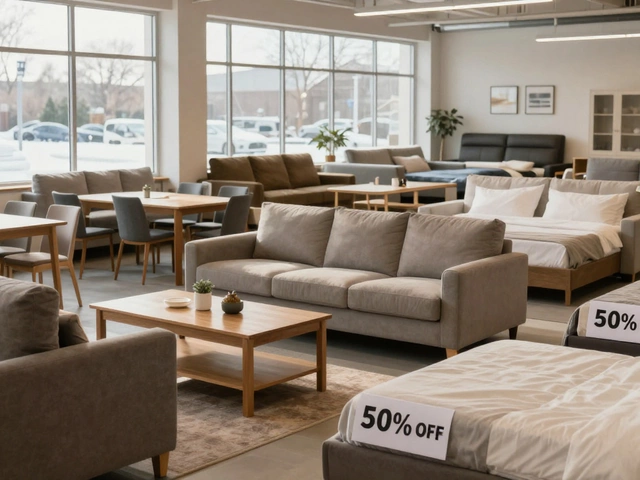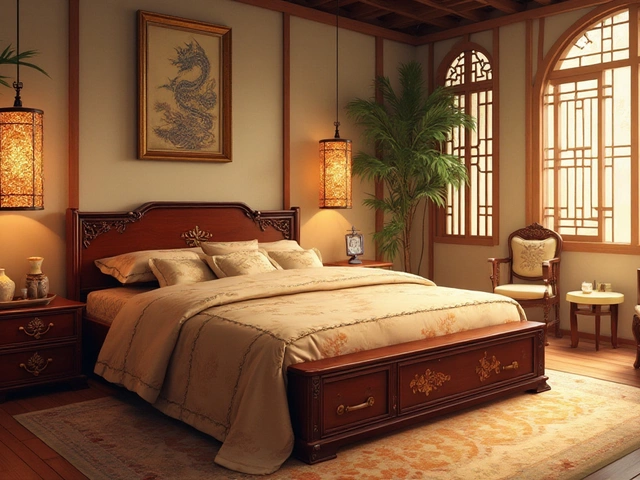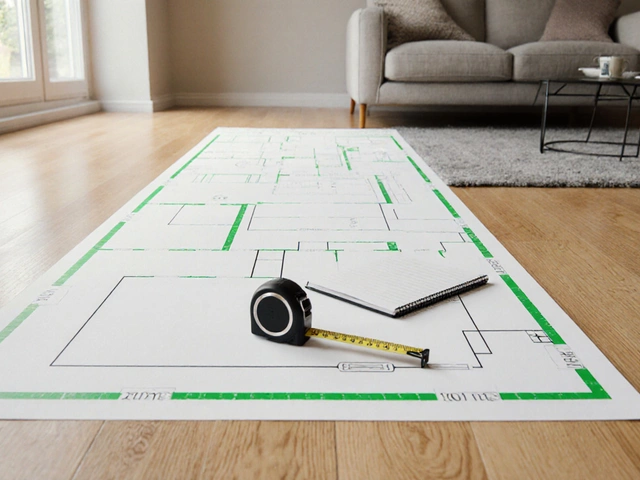Ever thought about whether your couch should be facing the front door? Turns out, it's more than just about following a gut feeling. It can actually make or break how your entire living room feels and functions. If you're tired of rearranging furniture only to feel like something's off, here's where things get interesting.
Why is this such a big deal? Well, positioning your couch in relation to the front door changes everything from privacy to the way people move through your space. Imagine having guests over and the first thing they see is you sprawled on the couch binge-watching a show. Not the vibe you're going for? Let's figure out a better setup.
- Welcoming or Ward Off: The Front Door Placement Debate
- Creating Flow and Functionality in Your Living Room
- Balancing Privacy and Openness
- Style Points: Aesthetic Considerations
Welcoming or Ward Off: The Front Door Placement Debate
Alright, so here's the deal. When you place your couch directly facing the front door, you're making a choice about how you want your space to feel. Some folks love the idea of a couch that's all about welcoming vibes, like saying "Hey, come on in and make yourself comfortable!" Others think it feels a bit too exposed, like leaving the front door open to every passerby.
Let's break it down. A couch placement facing the entryway can create an inviting atmosphere for guests. More than 70% of designers suggest that this layout makes the room feel approachable and open. But if you're a private person, it can feel like you're on display whenever someone peeks through the door.
Pros of Facing the Front Door
- It's undeniably open and inviting. Perfect for hosting people and making guests feel immediately welcomed.
- You get a clear view of who's coming and going. This can be pretty useful for families keeping an eye on the kids or deliveries.
Cons of Facing the Front Door
- You might feel exposed. Not everyone loves the idea of their lounging space visible from the street.
- It can disrupt the flow of movement through the room, creating more of an obstacle than a cozy corner.
Now, it’s all about finding that sweet spot that balances openness with a touch of personal privacy. Some folks compromise by angling the couch slightly or using a corner sofa to naturally guide the traffic and keep things cozy. Whatever you choose, make sure it aligns with how you want to live in your space.
If you're second-guessing your setup, don't stress. Trial and error are part of the fun in home decor. Move things around, get a feel for it, and don't be afraid to experiment. After all, it's your space, and it's gotta work for you!
Creating Flow and Functionality in Your Living Room
When it comes to living room design, you can't underestimate the power of a well-thought-out furniture arrangement. It's not just about how things look—it's about how they work together. We want a room that feels open yet organized, and it all starts with strategic placement.
Optimizing Room Traffic
Consider the traffic flow. People need to move through the space without obstacles. Visualize the main pathways and ensure your couch placement doesn't act like a roadblock. A simple rule of thumb? Make sure there's at least two to three feet of walking space between pieces of furniture. That way, the room feels spacious rather than crammed.
Establishing Zones
If you're dealing with a larger room, consider establishing different zones. Create a cozy conversation area with your corner sofa, perhaps facing a fireplace or TV. This way stays clear, and you're not compromising on social settings. In smaller spaces, a sectional may help create a boundary without needing extra walls.
Considering Multipurpose Layouts
Your furniture arrangement should reflect your lifestyle. If your living room doubles as a workspace, make sure your couch setup doesn't interfere. Choose configurations that accommodate both relaxation and productivity, like having a coffee table with storage to reduce clutter.
Lighting and Ambiance
Don't forget about natural light. If your couch faces a window, you not only enhance the ambiance but also save on electricity during the day. Play around with lamps and wall fixtures to make sure every spot is well-lit yet cozy.
Let's not forget the color palette. Surround your corner sofas with inviting colors to make the area pop without overwhelming your senses. A balanced setup enhances both the flow and the functionality of your living space, turning it into a place you love spending time in.
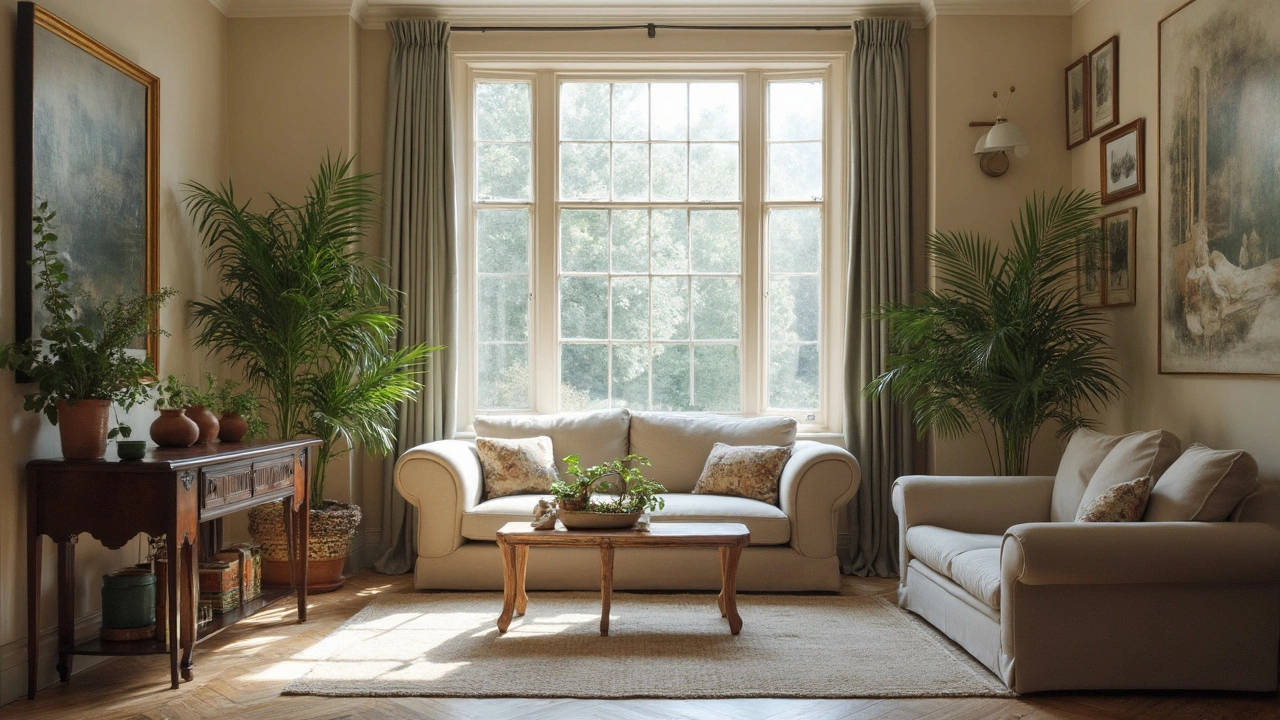
Balancing Privacy and Openness
Let's be honest, you don't want to feel like you're constantly on display while chilling in your living room. So, how do you balance having an open space and keeping it private, especially when your couch placement affects everything?
One way to achieve this is by using your furniture arrangement smartly. Placing a console table or a low bookshelf behind the couch can act as a partial divider. This technique subtly separates areas without blocking off the space completely.
Considerations for Traffic Flow
Now, let's talk about how people move through your space. You don't want guests to trip over the couch as soon as they walk in. Make sure there's enough room for people to freely enter and exit without navigating an obstacle course. This enhances the flow and functionality of your living room.
Expert Opinions Matter
According to interior design expert Jonathan Adler, "Your furniture should 'speak' to one another, not fight for attention." This means your couch and other pieces should complement each other, creating a harmonious setting.
Are you wondering how to make the space feel open but still define different areas? Consider using rugs. Rugs are great for visually segmenting parts of the room, like a cozy reading nook or a spot for socializing. Choose sizes that allow you to keep the main walkways clear.
Data That Makes a Difference
| Option | Impact on Privacy | Impact on Openness |
|---|---|---|
| Couch Facing Door | Lower Privacy | Higher Openness |
| Couch Perpendicular to Door | Moderate Privacy | Balanced Openness |
| Couch Back to Door | Higher Privacy | Lower Openness |
Balancing these aspects can feel tricky, but using these insights and tricks, you're sure to find the right mix that works best for your living room layout. Ultimately, the aim is a place where you feel comfortable, without having to sacrifice style or utility.
Style Points: Aesthetic Considerations
When it comes to furniture arrangement, aesthetics are king. You want your living room to be a place where people feel welcome and comfy, and the way you position your corner sofas against the rest of the room's elements can totally change the vibe.
Start with the color scheme. Make sure your sofa fits the palette. If your walls and other furnishings lean towards neutral tones, maybe a pop of color with the couch can be striking. But if you've already got vibrant colors all over, a more subdued couch might keep things balanced.
Light and Space
Natural light is like gold. Make sure the back of your couch isn't blocking any windows unless the view is a brick wall or your neighbor's backyard. You can also use mirrors to bounce light around, making even a smaller space feel larger.
Think about how your couch faces the door affects the room's flow. A couch angled toward a nice window or fireplace invites people in. It's like setting the stage for the personality of your home.
Creative Accessories
Your room's style isn't just about the big pieces. Accessories like cushions, throws, and even a funky coffee table can add layers of character. Try using different textures to add depth—for instance, a fluffy throw on a leather couch can create a cozy contrast.
Elements of Surprise
You don't want your space to feel too predictable. Throw in a surprising element like an art piece or a bold-patterned rug to keep things exciting. These additions can draw the eye and create a focal point beyond just the couch and door.
A quick table for a cheat sheet on balancing form and function:
| Aspect | Tips |
|---|---|
| Color | Balance bold colors with neutrals |
| Light | Maximize natural light flow |
| Accessories | Use textures for added interest |
| Surprise | Add unexpected decor pieces |
Balancing these aesthetic considerations will help your living room become a space that reflects your personal style while serving as a functional gathering spot.
